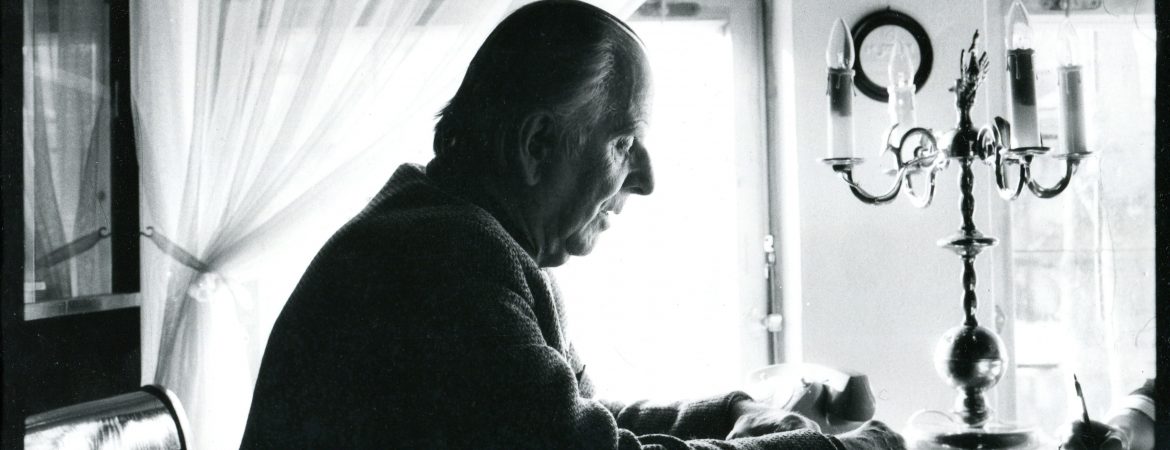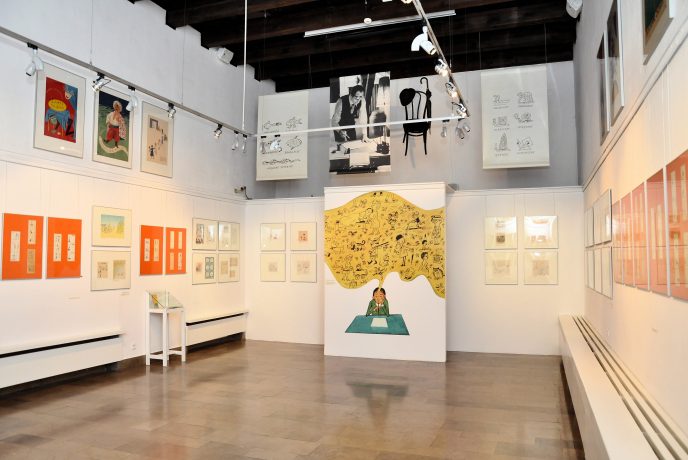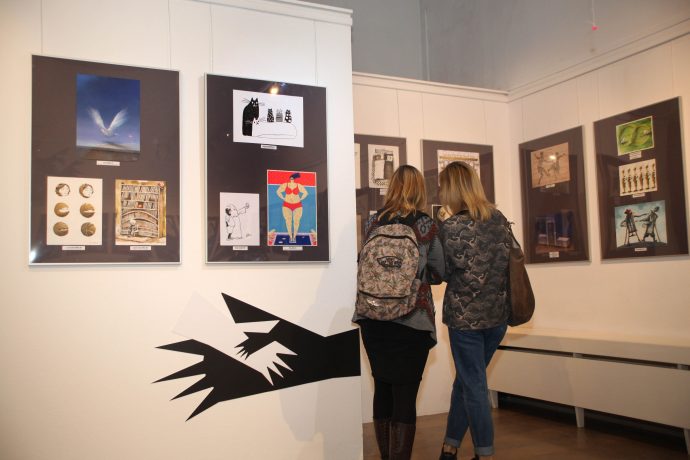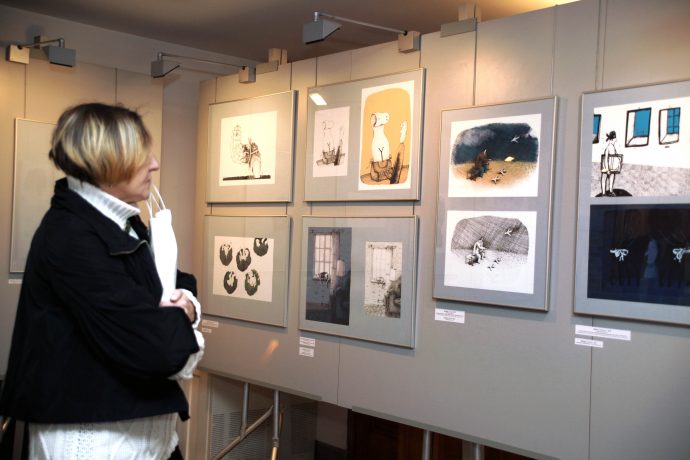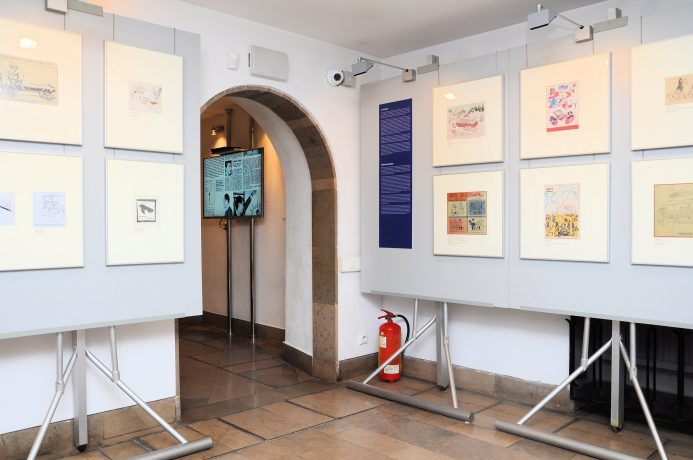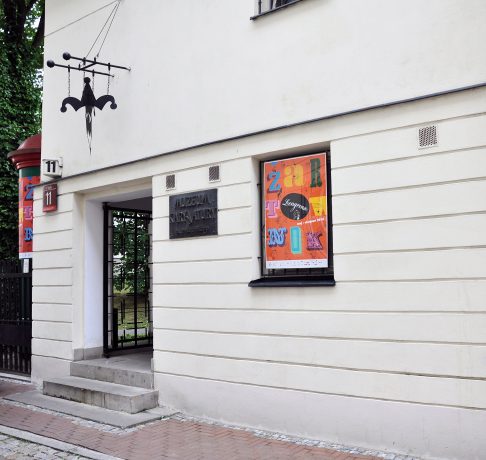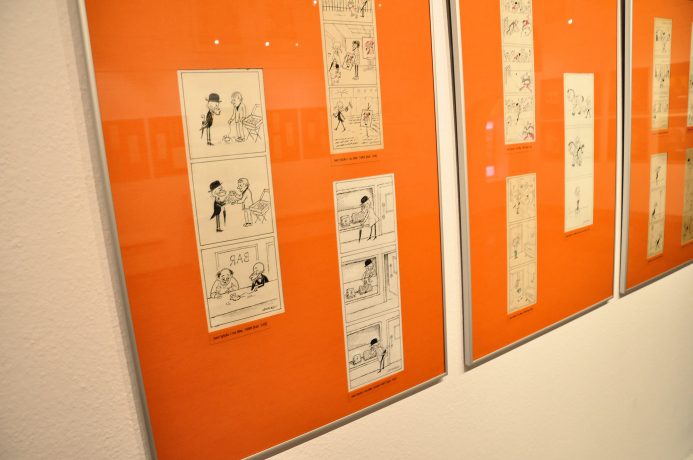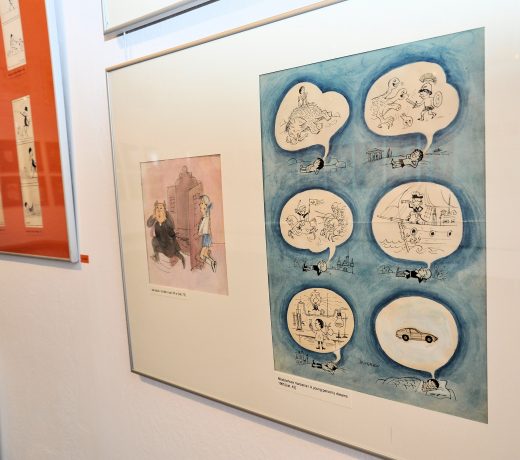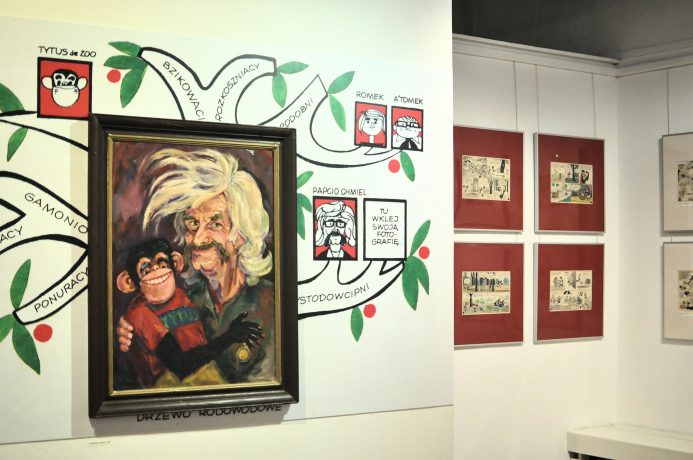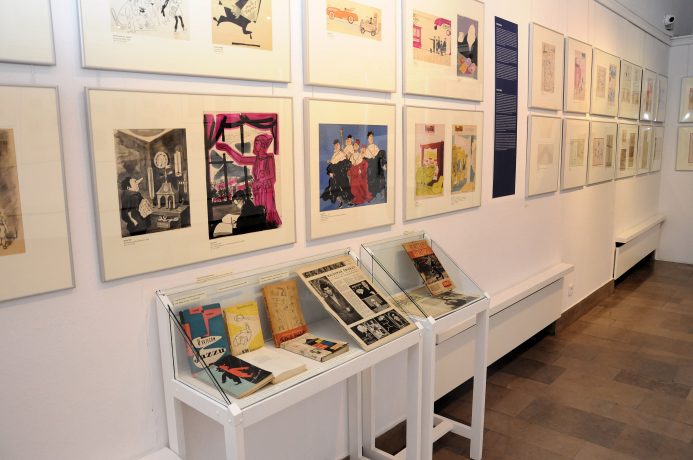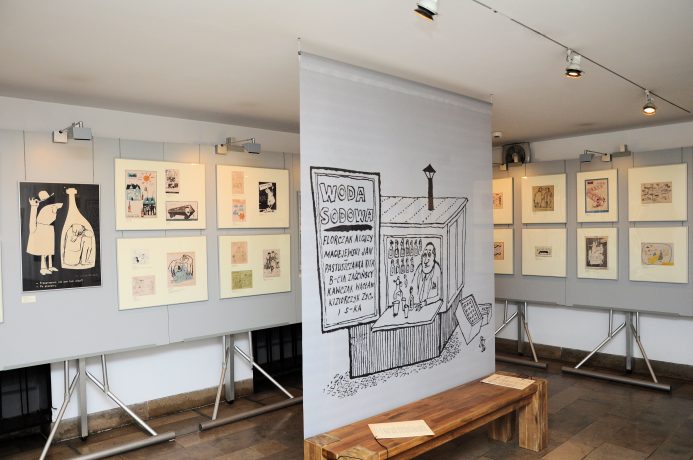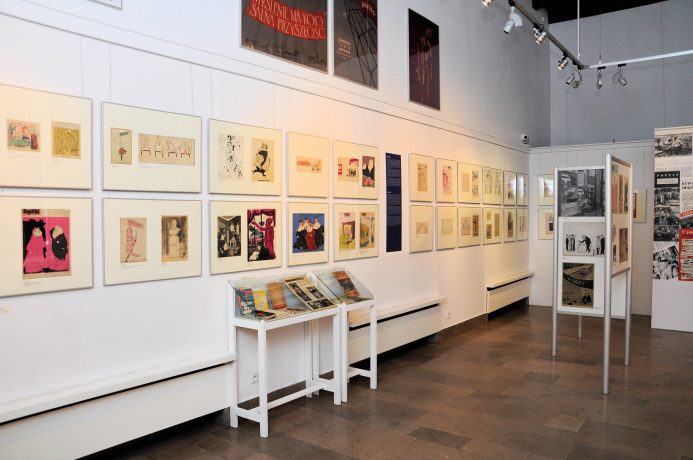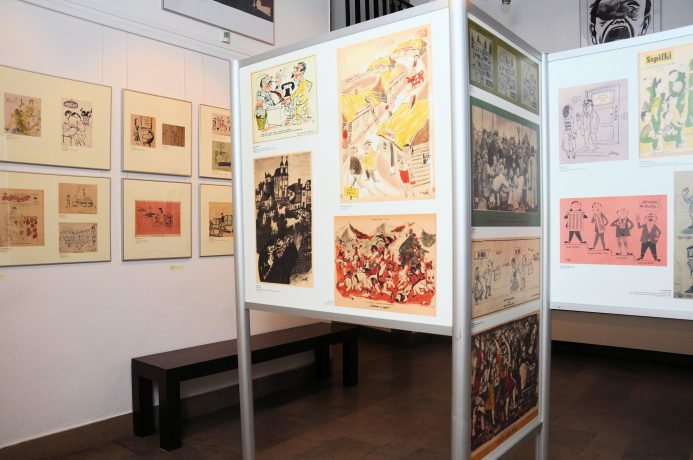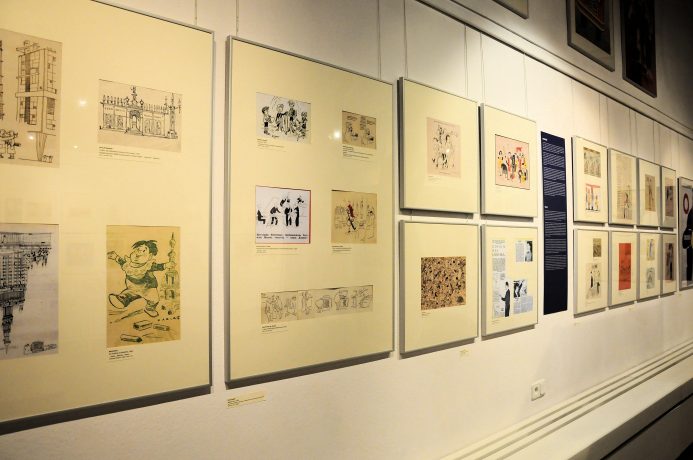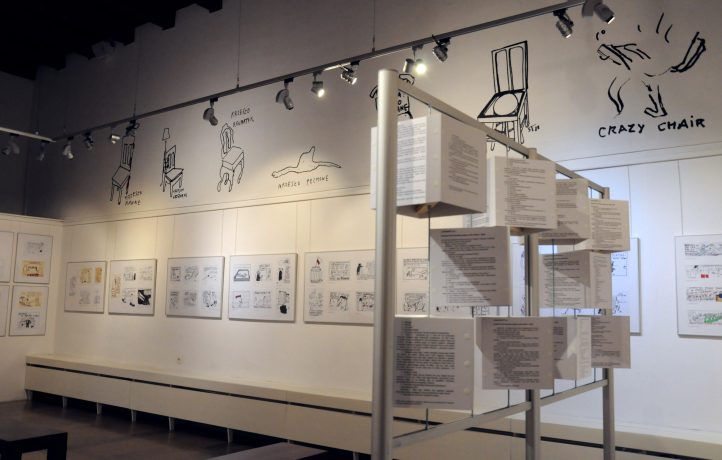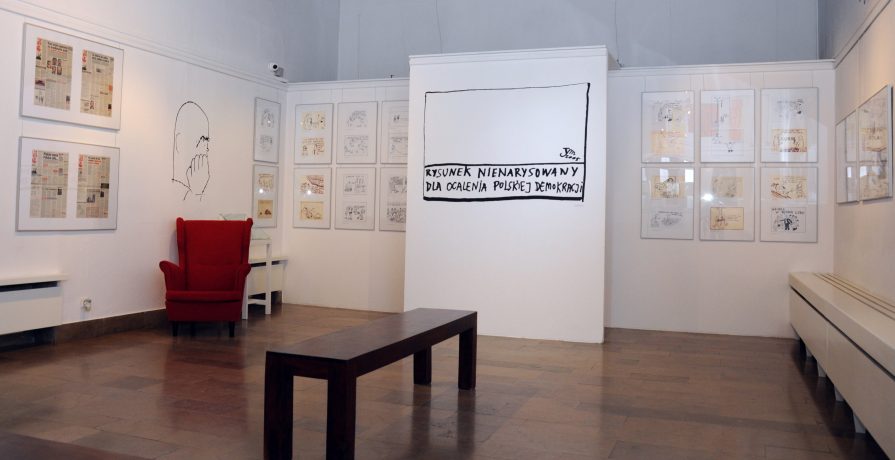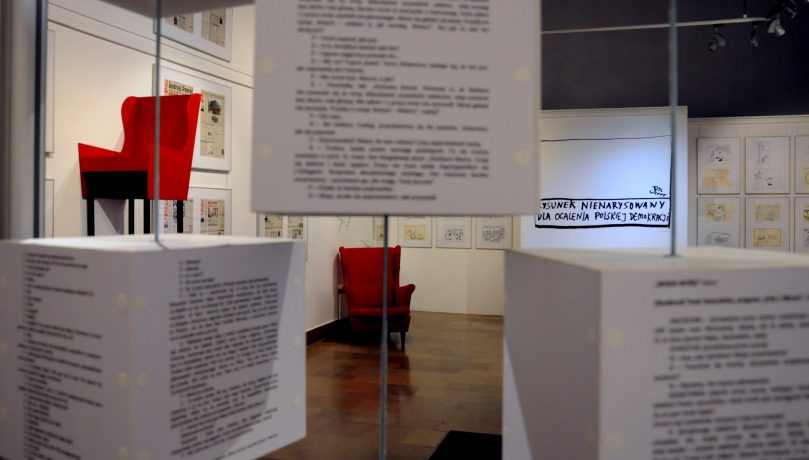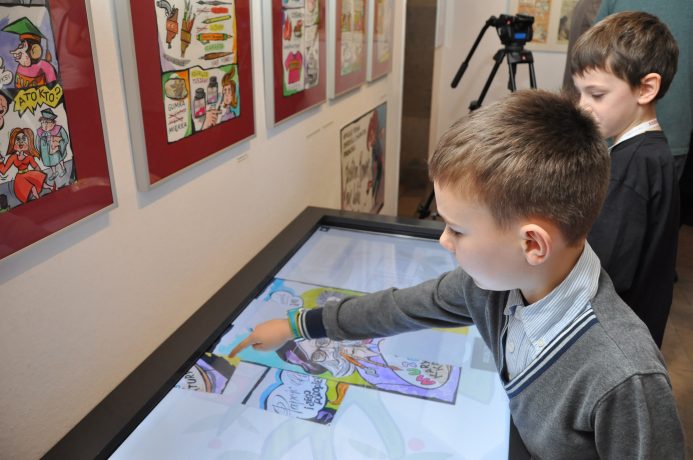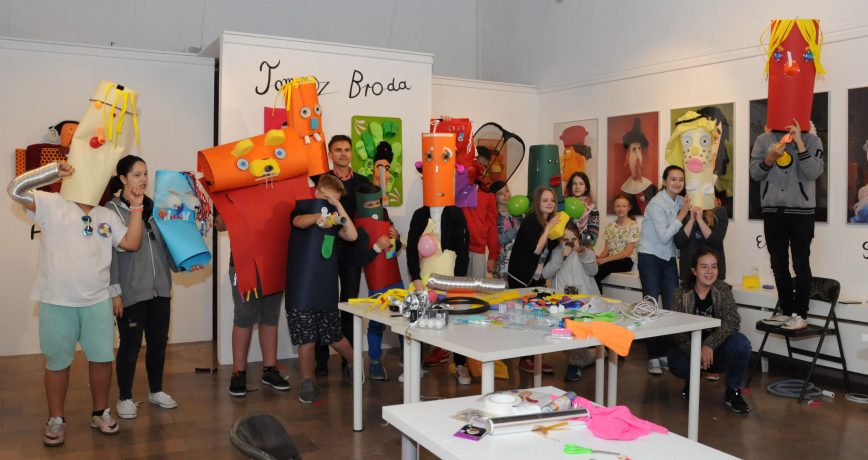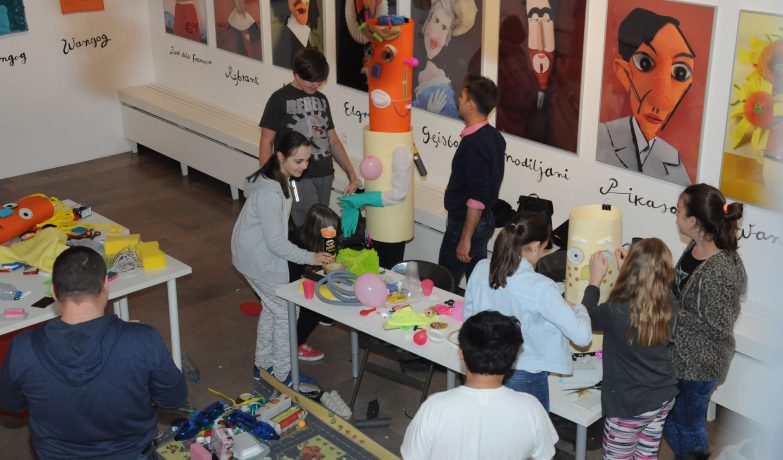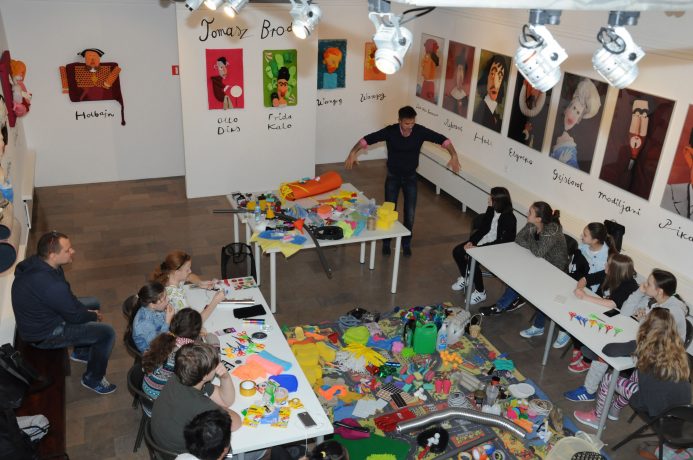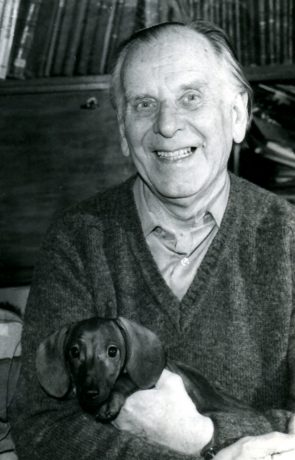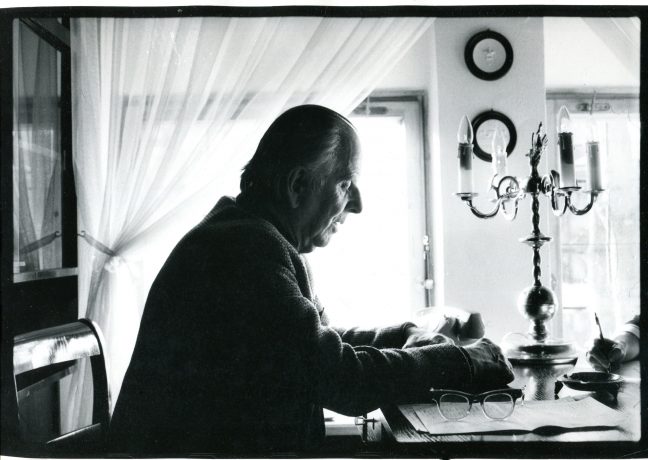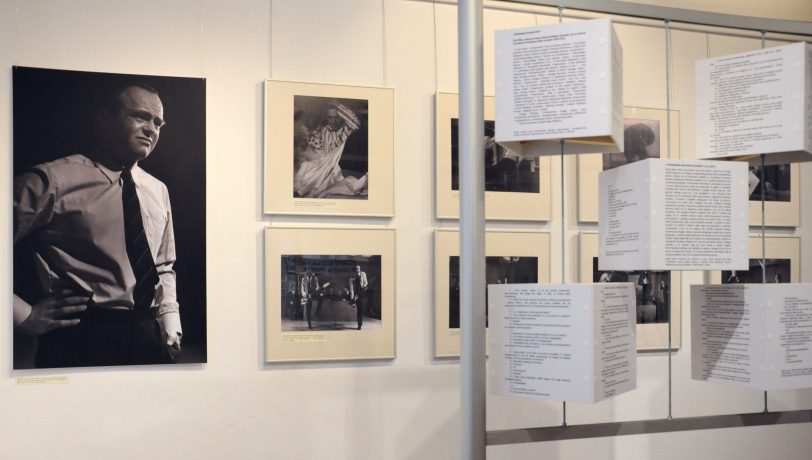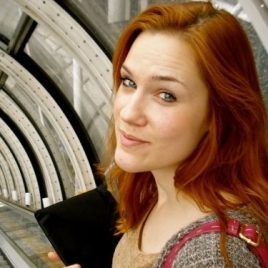The word "caricature" comes from the Italian verb caricare, which means "to charge" or "to load." The literal translation of caricature is "the loaded portrait." Some very early examples of such drawings are found in the art of the great Leonardo Da Vinci. Caricature first became a popular genre of art in the 16th and 17th century with satirical pictures created to ridicule politicians or figures from public life. Not much has changed these days, as artists still draw caricatures with the same purpose: to emphasis the absurd so everyone can laugh together.


In Warsaw, Poland, there is a museum where many of these pictures are displayed. The Museum of Caricature and Cartoon was founded in 1978, and it was one of the first of such places in the whole world! Behind the idea stood Eryk Lipinski, an extraordinary cartoonist himself. Apparently, on March 1st, 1960, during the opening of an exhibition of deceased artist Henryk Grunwald, Lipinski was approached by his colleague’s widow and asked in a very straightforward way: „Why don’t you open the Museum of Caricature, Mr. Lipinski?” Lipinski admitted that he had been thinking of such initiative for some time then, but it was only the widow's strong „Why?” question that really provoked him to take action. Since the '60s, he did everything he could to create a place where he could show the art of caricature to the public.
First, he started collecting drawings, graphics and paintings, hoping that one day he would be able to put them on display. He spent his own funding and time to search for new caricatures in archives and antique shops; he also asked family of various artists, both in Poland and abroad, for help. Lipinski was terribly persistent and didn’t give up even after he failed twice in a row The two early attempts of creating the Museum within the structure of the National Museum and then the Historical Museum of Warsaw City didn’t end with success. However, Lipinski found a way to get support from the Museum of Literature and thus the Museum of Caricature and Cartoon started as their department; however, the first five years were very difficult for the whole institution. The constant lack of a place where the collection could be stored and displayed caused various problems, especially during the following exhibitions that took place simultaneously; they had to be organized within different rent premises, including the very first inaugural display, „Warsaw in Caricature.”
Lipinski wouldn't stop until he found the perfect location for the Museum. He discovered an unowned lumber-room, which used to be a part of the old orangery of the Primate Palace. Although the place wasn’t too big, it still seemed like the best space as it met the basic requirements; it also had a great historical value. The building was designed by Sz. B. Zug, a well-known architect of the Stanislawski époque (the time when the last king of Poland was ruling the country, Stanislaw August). Primate Ostrowski organized his famous artistic „breakfasts” there, during which time he met with acknowledged artists from Warsaw to discuss the cultural life of the city. Because of this, the artistic spirit already seemed to float over the place when Lipinski found it. Today, the Museum is located in the same building at Kozia Street. It’s all thanks to the great character of Eryk Lipinski. So who was he?
Lipinski was one of the greatest Polish cartoonists and artists. He also worked as a journalist and an editor of „Pin” magazine. After World War II, he was one of the creators of the famous Polish School of Posters. He was a man of a many talents as he also wrote books, made set-designs for theatre, performed in cabaret shows, and sometimes in radio and television. He really believed in the idea of creating a museum filled specifically with the art of caricature and basically made it happen himself.
Currently, the main collection gathers more than 18 thousands drawings; however, including the deposits, sculptures and paintings, the number reaches to 25 thousand. It’s divided into two sections: the first one is called „The Art Section” and is considered to be the most important one. The second one is „The Posters Section,” which assembles about 1500 examples. The work comes from all over the world and ranges from the 18th century until now. Visitors can admire the work of brilliant artists such as W. Hogarth, H. Daumier, J. Effel or H. Sandberg. Some of the Polish artists featured include Sichulski, Krauze, Kostrzewski, Czeczot, Dudzinski and, of course, Eryk Lipinski. One very important part of the Museum is its library, where magazines, newspapers, leaflets and brochures are stored.
During its nearly forty years of activity, the Museum has set up more than three hundreds exhibition under its own roof and more than two hundreds outside of it. These outside exhibitions are not only in Poland, but also in Europe and North America. Because of its rather small surface, the Museum restricts itself to temporary exhibits only, which makes each visit even more unique! Currently, there are even displays connecting the traditional art of caricature with the art of performance or different visual arts.
The Museum works actively in many sectors. Artistic workshop for the school kids are very popular. There is also a series of lectures for older students that can be booked in the institution. The library is open to researchers, editors and students, who can use the volumes in the reading room by reserving them in advance. Besides this, the Museum organizes art competitions, under the motto „Four Seasons of Caricature,” which usually lasts the whole year; the winners are chosen after twelve months. Also, artists are often invited for special meetings with their audience.
If you are bored of „standard” tourist attractions while visiting Warsaw, then we strongly recommend this little gem. The Museum is surrounded by beautiful scenery in the narrow, cobbled street parallel to the famous New World promenade leading straight to the Old Town. In fact, the Museum of Caricature and Cartoon lies pretty close to the Royal Castle and could be a nice stop on the way back to the modern center. On Tuesday, everyone enters for free!
